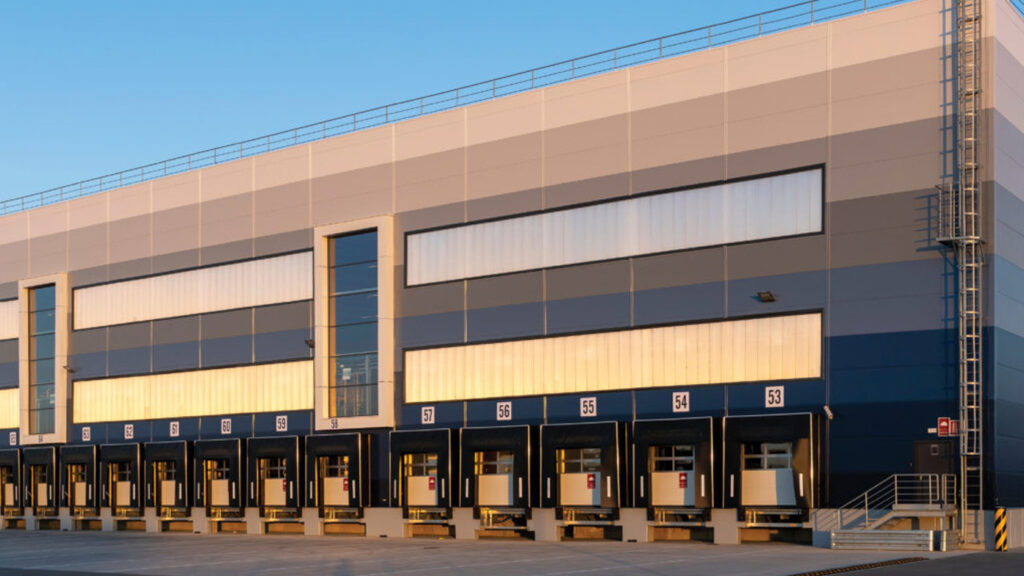Colliers Capital Markets recently spoke to Stephanie Rodriguez, National Director, Industrial Services, about the current conditions in the U.S. industrial market. Here are the takeaways:
Colliers Capital Markets (CCM): Fundamentals remain strong overall on the industrial front. Are you seeing any changes in occupier activity?
Stephanie Rodriguez (SR): Sentiment from a majority of the occupiers reflects a need to continue growing. Few have expressed interest in downsizing or eliminating locations. However, some deal velocity slowing took place at year-end and the turn of the new year. In some cases, third-party logistics firms are holding off on signing lease renewals since they are waiting for their contract extensions. Ultimately, this could put landlords in the driver’s seat if the occupier waits too long to renew in a supply-constrained market.
CCM: With the holiday season now over, consumers will be returning a lot of merchandise. How are retailers and 3PLs changing their occupancy needs to account for this rush?
SR: Consumers return an estimated 18%-30% of online purchases. Occupiers are already experiencing capacity challenges, forcing them to take more space or become more operationally efficient. In many markets, vacancy is at an all-time low, making expansion challenging. In these cases, some are investing in new technology and equipment to meet the demands on their networks. Resources like Colliers’ Supply Chain Solutions Group can provide site selection, network analysis, and facility operations design to drive optimal business performance.
CCM: Are there any common themes you are hearing from our clients?
SR: Data is increasingly important to our clients — both occupiers and real estate investors. Good data allows them to make strategic decisions during uncertain times. As a partner to our clients, we want to provide them with the information they need to make solid real estate decisions. Most clients are willing to move forward on real estate deals when they feel like they are taking a smart risk.
CCM: What are you seeing on the construction side of the equation? Have higher borrowing costs caused new projects to stall?
SR: In general, the pipeline for speculative development has slowed. Some of this is due to general economic uncertainty and a potential recession; some is due to borrowing costs. Construction costs are still unpredictable, making it increasingly difficult for developers to underwrite projects. There are too many variables. This slowdown in new construction could temper any potential oversupply in the market. Currently, a record 650 million square feet of industrial space is under construction and will deliver over the next year. This slowdown in the pipeline will allow the market to catch up and absorb some of this space.
CCM: What are you most excited about for the industrial market in 2023? What is your biggest concern?
SR: My biggest concern is a looming recession. I do believe that if we experience one, it will be milder or more moderate, and not a repeat of the Great Financial Crisis. It could impact sales, the development pipeline, and the absorption of space delivered in 2023. So, what could I possibly be excited about in light of those statements? I think that we have operated more conservatively in the market compared to the recession of 2008/2009. I don’t think a potential recession would last long, and I believe that by tapping the brakes in the second half of this year, the industrial market will be more resilient than it has been historically. I’m also excited about the possibilities of nearshoring and onshoring. Being so reliant on certain countries for vital supply chain pieces is a risk, and more companies are now evaluating that and considering the risk outweighs the costs. I believe that we will benefit from this in the future.

 Aaron Jodka
Aaron Jodka

 Nicole Larson
Nicole Larson
